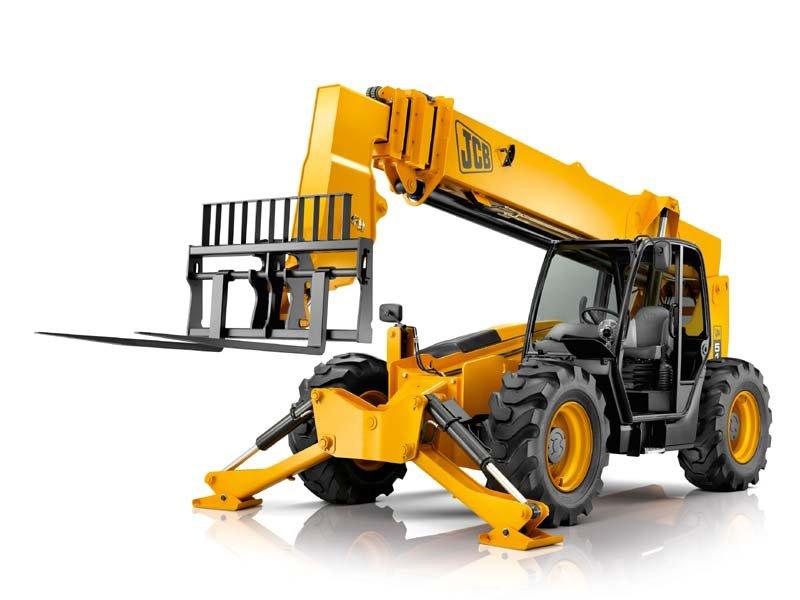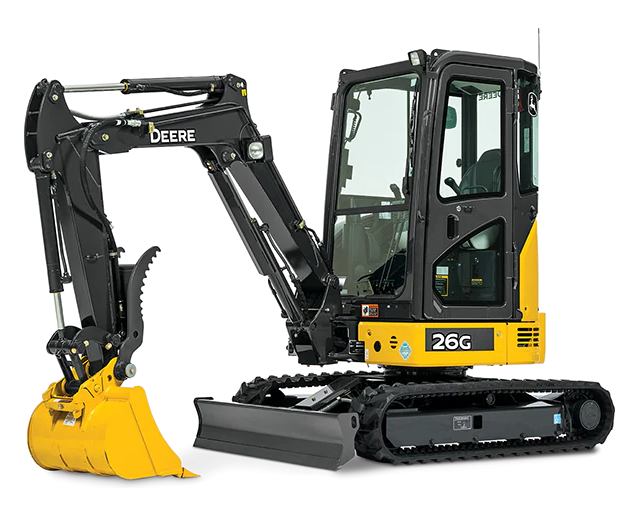Forklift Rental: Heavy Lifting Equipment for Warehousing and More
Forklift Rental: Heavy Lifting Equipment for Warehousing and More
Blog Article
Maximize Your Budget by Understanding the Expenses Connected With Building Tools Services
Understanding the full extent of costs connected with building and construction tools services is essential for maximizing your budget. What methods can be employed to efficiently take care of these expenses and make sure a much more reliable rental experience?
Summary of Rental Expenses
When considering building tools services, understanding the associated costs is extremely important for effective budgeting and project preparation. Rental prices can differ substantially based upon a number of aspects, including equipment type, period of leasing, and place. The first rental charge often shows the tools's market demand and its linked operational abilities, influencing the overall expenditure.
Along with the base rental rate, ancillary expenses might emerge, such as transport charges, gas surcharges, and maintenance costs. It is necessary to account for these extra costs to accurately evaluate the complete price of leasing equipment. The rental period can affect prices; longer services may qualify for discounted prices, while temporary rentals could incur greater day-to-day costs.

Failure of Rental Rates
A comprehensive understanding of rental rates is crucial for contractors and task supervisors intending to maximize their budget plans. Rental rates for building devices typically contain a number of elements, consisting of base prices, time-based charges, and use costs.
Base rates are the core fees associated with the service of the tools, commonly determined by the type and dimension of the machinery. These rates can differ dramatically, influenced by factors such as equipment demand, availability, and local market patterns. Time-based costs, which may be daily, weekly, or monthly, offer to suit various project timelines and rental durations.
In addition, rental rates might include use charges, which are applicable when devices is used past a defined threshold, ensuring that the rental firm can make up wear and tear. Seasonal need variations can likewise impact rental rates, with peak building seasons commonly commanding higher costs.
Moreover, comprehending the rental firm's plans relating to upkeep and insurance can provide more understanding into the general expense structure. By evaluating these parts, specialists can make informed choices, ensuring the selection of rental devices aligns with both project demands and budget plan restrictions.
Added Charges to Think About
Recognizing the ins and outs of extra costs is important for service providers to manage their overall rental costs successfully. Beyond the typical rental prices, various additional charges can substantially impact the overall cost of tools rental. These costs commonly include shipment and pick-up fees, which can vary based upon range and logistics associated with moving the tools to and from the task site.
In addition, some rental business may impose fuel surcharges if the tools is returned with less fuel than when leased. It is also important to know possible cleaning fees, specifically for specific devices that needs extensive upkeep after use.

Extensively reviewing the rental arrangement and making clear these added fees in advance can help contractors avoid unexpected prices and make sure that budget plans remain undamaged throughout the project lifecycle.
Repair And Maintenance Costs
Routine upkeep and fixing expenditures are usually forgotten variables that can considerably influence the general cost of building and construction equipment leasings. When renting equipment, it is vital to consider not just the rental costs but additionally the prospective expenses connected with keeping the machinery in optimal operating condition.
Lots of rental business consist of fundamental maintenance as component of the rental arrangement; nevertheless, more substantial fixings or unanticipated failures can result in extra costs. It's important to review the rental agreement carefully to recognize what maintenance solutions are covered and what duties drop on the occupant.
Furthermore, tools that is not properly maintained can cause inadequacies on duty website, possibly triggering delays and boosting task costs. To minimize these risks, it is advisable to conduct routine assessments and preserve open interaction with the rental supplier concerning any type of issues that emerge throughout use.
Insurance and Responsibility Costs
Insurance policy and responsibility expenses are critical parts that can dramatically affect the general expense of building and construction equipment leasings (mini excavator rental). These expenses make certain that both the rental firm and the customer are protected from prospective economic losses occurring wheeled excavator for sale from mishaps, damages, or burglary during the rental duration

Additionally, customers should know any deductibles or exclusions in the insurance plan, as these can impact potential out-of-pocket expenditures. Recognizing the terms of any type of insurance protection is vital to stay clear of unanticipated expenses. Eventually, budgeting for insurance coverage and liability expenses can aid make certain a smoother rental experience and shield against economic dangers related to construction projects.
Conclusion
In conclusion, an extensive understanding of the prices linked with building tools leasings is vital for efficient budget monitoring. Eventually, educated decision-making concerning devices rentals adds to the general success of building and construction ventures.
Rental prices can differ significantly based on numerous elements, including devices kind, period of leasing, and area (aerial lift rental). The rental look here duration can influence prices; longer leasings might qualify for discounted rates, while short-term services could incur higher everyday costs
By performing detailed study and involving with trusted rental companies, professionals can successfully browse the complexities of rental pricing, inevitably optimizing their monetary resources.
Beyond the conventional rental rates, numerous extra charges can substantially impact the overall expense of tools service. Rental business often provide obligation insurance coverage that covers injuries to 3rd parties or damages to property, while equipment damages insurance can cover the price of repair services or substitute if the rented out devices is damaged.
Report this page